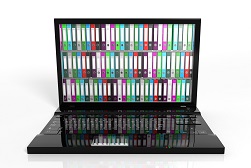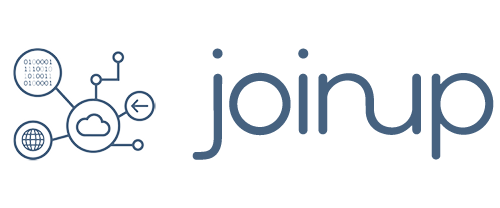
A study mapping business processes, standards and IT solutions for archiving published
Archival institutions worldwide are constantly searching for IT solutions to support their business activities. A comprehensive overview of existing IT solutions covering both the existing standards and best practices for the various archival processes did not exist or was very fragmented or outdated. A new report provides an up to date overview of the current landscape complemented with an assessment tool that helps to support decision-making. The report and the assessment tool are first result of the “Standards-based archival data management” action supported by the ISA² Programme.
The action launched by DG DIGIT and the Historical Archives Service of the European Commission (OIB), with the support of the Commission's General Secretariat in 2017 is being conducted in 3 phases:
- the study report;
- the setting up of proofs of concepts; and
- the actual implementation of new solutions.
The results of the first phase of this action have now been published:
One of the merits of the study is its attempt at a new functional model covering both processes related to electronic and analogue (paper) archives management inspired by but also complementing in this sense the OAIS model.
/isa2/file/archive1png_enarchive1.png

Figure 1 High-level functional model regrouping business processes in archives management
The report also puts emphasis on linked and open data. These aspects of data management and interoperability are constantly evolving, and many initiatives exist within various economic sectors. The archives management domain is only exploring similar initiatives since a few years. The report studies the latest trends and options for enriching and publishing archival data as (linked) open data. In the analysis, elements that specifically streamline interoperability, such as the use of shared reference data or authority lists get special attention.
/isa2/file/archive2png_enarchive2.png

Figure 2 Topic modelling with Eurovoc applied on historical collection of COM documents (source)



